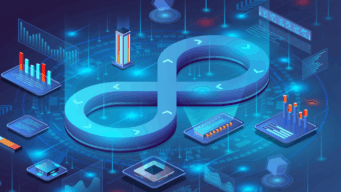Security

Available now on Azure Marketplace – OpenText Core Threat Detection and Response
July 22, 2025•
3 min read

How OpenText™ DFIR tools deliver faster, deeper, and more defensible digital investigations
July 18, 2025•
4 min read

Data owners and their role in data management and security
July 17, 2025•
3 min read

7 DevSecOps best practices for modern development teams
July 16, 2025•
4 min read

Accelerate secure coding with AI and real-time developer learning
July 15, 2025•
3 min read

Digital trust is the new currency
July 14, 2025•
4 min read

Speed, integrity, and confidence: Meet the new OpenText™ Forensic TX2 Imager
July 14, 2025•
3 min read

Secure AI development with OpenText: Protecting GenAI-enabled applications at scale
July 14, 2025•
2 min read

Enhance secure information management with DFIR
July 03, 2025•
5 min read

People, risk, and the modern CISO
June 17, 2025•
6 min read

